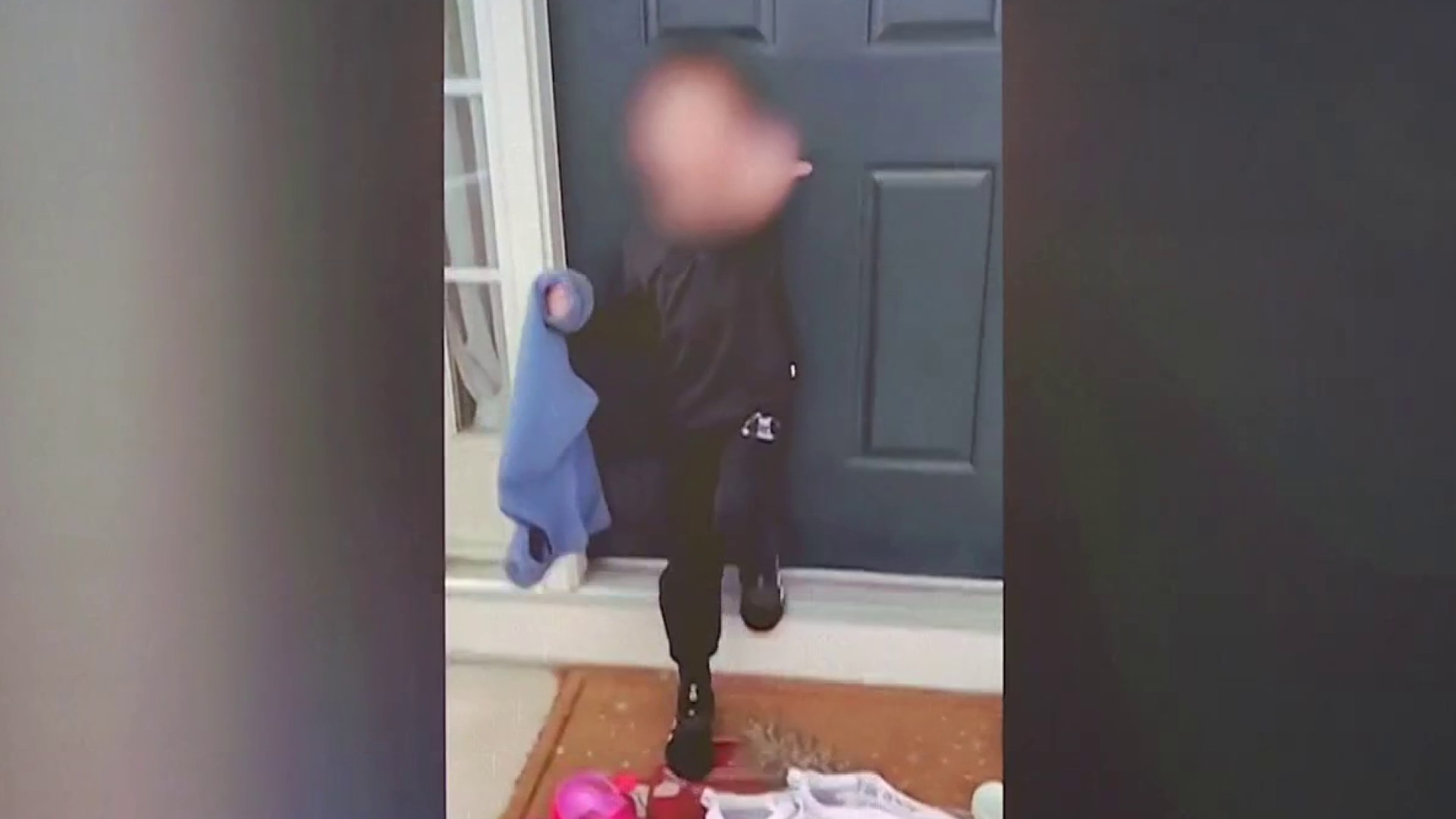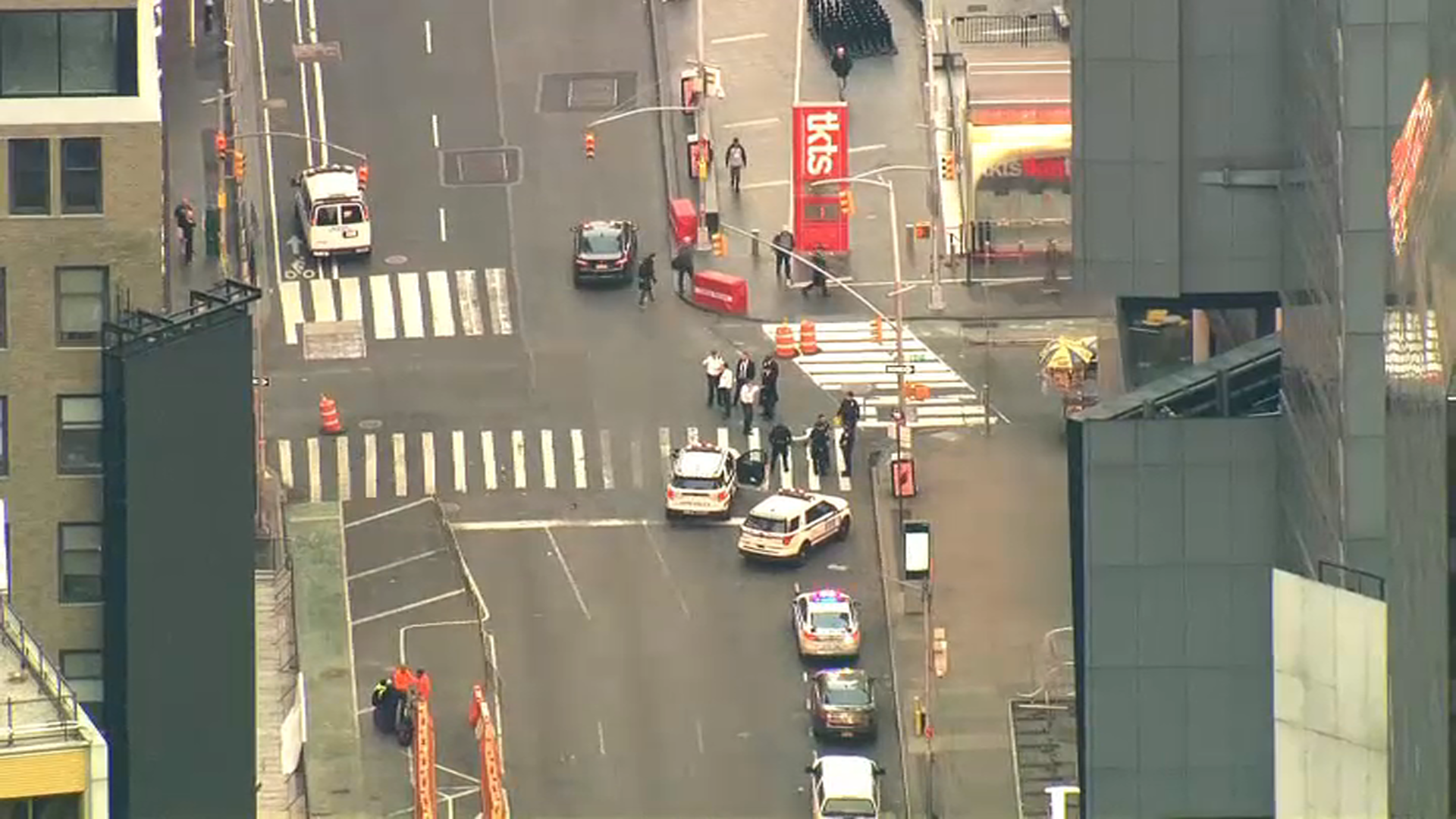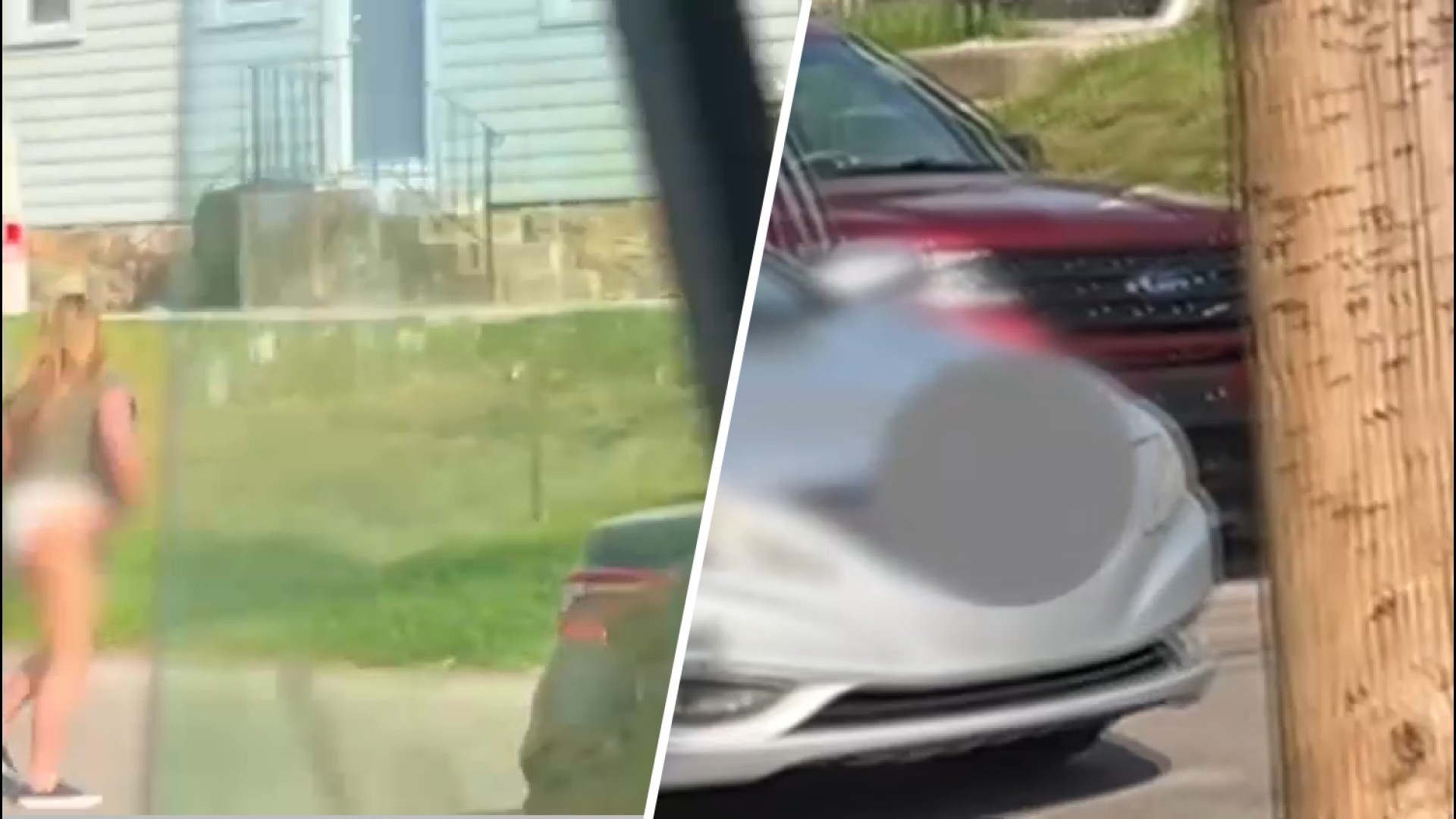Outrage: Middle Schooler's Slurs Target 5-Year-Old Asian Boy
Viral Hate: Middle Schooler's Ethnic Slurs Against 5-Year-Old Sparks Outrage
Introduction: A Disturbing Incident in Loudoun County
Imagine this: a five-year-old child, filled with the innocent joy of youth, suddenly confronted with hate speech and harassment. It's a scenario ripped from our worst nightmares, and unfortunately, it became a reality in Loudoun County, Virginia. A middle school student recorded a video of himself directing ethnic slurs at a five-year-old Asian boy, sending shockwaves through the community and sparking a crucial conversation about hate, bullying, and accountability. This isn’t just a local incident; it's a reflection of deeper societal issues we need to confront.
The Harrowing Video: A Chronicle of Fear
The video, recorded on April 5th, paints a disturbing picture. It begins with a blatant ethnic slur aimed at the frightened five-year-old. Can you imagine the terror that little boy must have felt? The recording captures the raw, unfiltered reality of a child's innocence being shattered by hate.
"Don't Hurt Me! Save Me!" A Cry for Help
The young boy's desperate pleas are heartbreaking. He runs to his front door, begging, "No! Don't hurt me! Don't hurt me!" Then, in a moment that truly underscores the gravity of the situation, he cries out for help from other children: "Don't do it! Save me! Save me!" The silence that follows, punctuated only by laughter in the background, is deafening. Where were the bystanders? Why didn't anyone intervene?
The Specifics of the Harassment: Targeting Identity
The harassment wasn't just random; it was targeted and specific. The middle schooler asked, "Are you having dumplings for dinner?" This seemingly innocuous question is loaded with prejudiced assumptions and reduces the boy's identity to a harmful stereotype. It's a stark reminder that even seemingly "harmless" jokes can be deeply hurtful and contribute to a climate of hate.
The Aftermath: A Mother's Horror, a Community's Outrage
The ordeal ends when the five-year-old boy's mother opens the door, and he rushes inside, seeking safety. But the damage was already done. The video, originally posted to a chat group associated with Eagle Ridge Middle School, quickly made its way into the hands of a concerned parent. That parent, in tears, showed the video to the boy's family. The ripple effects of this incident are far-reaching, impacting not only the young victim but also his family and the wider community.
Social Media's Role: Amplifying Hate
In today’s digital age, social media platforms can be both a powerful tool for good and a breeding ground for negativity. This incident highlights the dangers of online echo chambers, where hateful content can spread rapidly and unchecked. The fact that the video was initially shared in a student chat group underscores the need for greater online safety measures and education.
Eagle Ridge Middle School's Response: Accountability and Education
What steps are Eagle Ridge Middle School taking to address this issue? It's crucial that the school administration not only holds the perpetrator accountable but also implements comprehensive anti-bullying and anti-racism programs. This incident should serve as a wake-up call for schools to prioritize diversity, inclusion, and respect.
The Importance of Anti-Bullying Programs
Effective anti-bullying programs aren't just about punishment; they're about prevention. These programs should focus on teaching empathy, promoting positive relationships, and empowering students to stand up against bullying and hate. We need to create a school environment where every child feels safe, valued, and respected.
Legal Ramifications: Can the Middle Schooler Be Charged?
The legal implications of this incident are complex. While the perpetrator is a minor, his actions may constitute harassment or even a hate crime. It's up to law enforcement and the legal system to determine the appropriate course of action. This case raises important questions about the accountability of minors for their actions and the need for restorative justice.
The Broader Context: Rising Anti-Asian Hate
This incident is not isolated. It occurs against a backdrop of rising anti-Asian hate and discrimination. From verbal abuse to physical attacks, Asian Americans have faced a surge in hate crimes in recent years. We must acknowledge this alarming trend and take concrete steps to combat it.
The Impact of Stereotypes and Microaggressions
Stereotypes and microaggressions, like the "dumplings for dinner" comment, may seem harmless on the surface, but they can have a cumulative and devastating impact on individuals and communities. These subtle forms of prejudice contribute to a hostile environment and perpetuate systemic racism.
Parental Responsibility: Teaching Tolerance and Respect
Parents play a crucial role in shaping their children's attitudes and behaviors. It's our responsibility to teach our children about diversity, tolerance, and respect. We must actively challenge prejudice and discrimination whenever we encounter it.
Open Conversations About Race and Culture
Don't shy away from having open and honest conversations about race and culture with your children. These conversations can help them develop empathy, understanding, and a commitment to social justice. It's never too early to start teaching children about the importance of treating everyone with dignity and respect.
Community Action: Standing Up Against Hate
Combating hate requires a collective effort. We must stand together as a community to condemn hate speech and support victims of discrimination. This means actively participating in anti-racism initiatives, supporting organizations that promote diversity and inclusion, and speaking out against injustice whenever we see it.
The Power of Empathy: Walking in Another's Shoes
Empathy is the key to breaking down barriers and building bridges. By putting ourselves in the shoes of others, we can gain a deeper understanding of their experiences and perspectives. Empathy allows us to connect with each other on a human level and to challenge our own biases and assumptions.
Conclusion: A Call to Action for a More Inclusive Future
The incident in Loudoun County is a stark reminder of the work that remains to be done in combating hate and discrimination. We must hold individuals accountable for their actions, implement comprehensive anti-bullying programs in schools, and foster open and honest conversations about race and culture. Only by working together can we create a more inclusive and just future for all children. This isn’t just about punishing a middle schooler; it’s about creating a society where such incidents are unthinkable.
Frequently Asked Questions
- What can parents do to prevent their children from engaging in hate speech or bullying?
Parents can model respectful behavior, have open conversations about diversity and inclusion, monitor their children's online activity, and address any signs of prejudice or bias immediately.
- What resources are available for victims of hate crimes and harassment?
There are numerous organizations that provide support and resources for victims of hate crimes, including the ADL, the NAACP, and local community centers. These organizations can offer counseling, legal assistance, and advocacy.
- How can schools create a more inclusive environment for all students?
Schools can implement anti-bullying programs, provide diversity training for staff and students, create safe spaces for marginalized groups, and promote culturally responsive teaching practices.
- What are the long-term effects of experiencing hate speech and discrimination as a child?
Experiencing hate speech and discrimination as a child can lead to anxiety, depression, low self-esteem, and difficulty forming relationships. It can also impact academic performance and overall well-being. It is important to seek support and resources to address these effects.
- What legal recourse is available to victims of hate crimes and harassment in Virginia?
Virginia law prohibits hate crimes and harassment, and victims may have grounds to file civil or criminal charges. It is important to consult with an attorney to understand your legal options.



